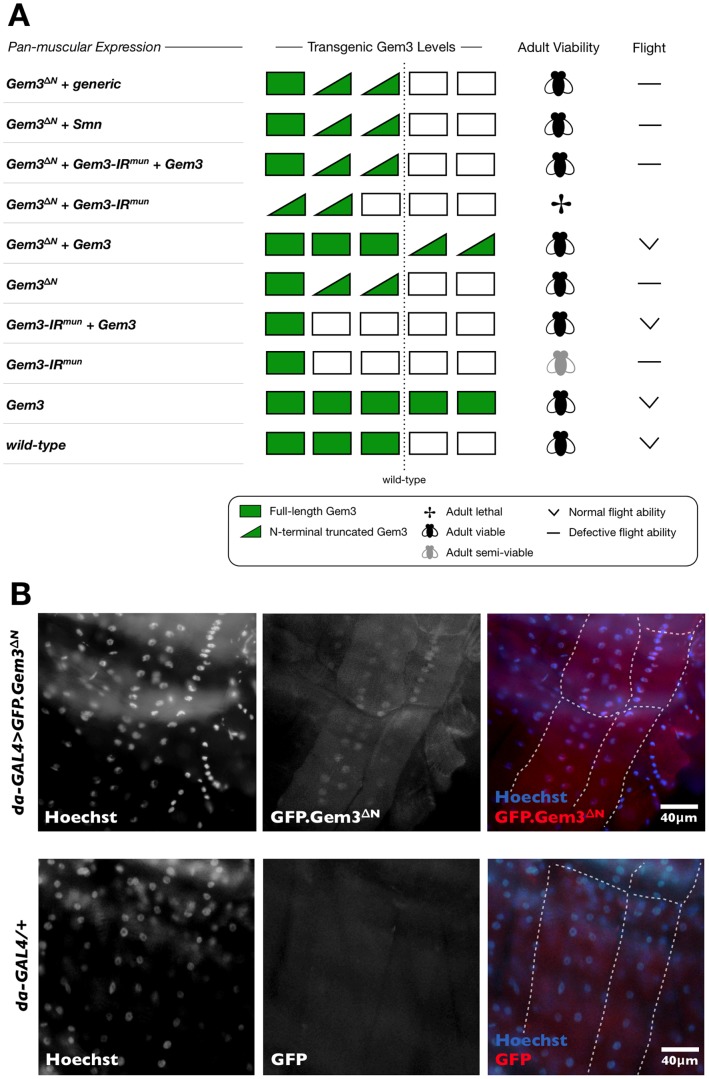Figure 2. Gem3ΔN in combination with Gemin3 knockdown is lethal and its localisation pattern is predominantly nuclear.
(A) Perturbation of endogenous Gemin3 in wild-type muscle and its consequences on adult viability and flight behaviour. Bottom to Top. Overexpression of full-length Gemin3 has no repercussions. Reduced levels of Gemin3 induced through the expression of Gem3-IRmun is however associated with a progressive age-dependent decline in flight and adult viability, which can be rescued by overexpression of full-length Gemin3. Overexpression of Gem3ΔN has no effect on adult viability but has a drastic impact on flight straight after eclosion, which again can be rescued by overexpression of full-length Gemin3. Gemin3 knockdown in combination with Gem3ΔN overexpression results in lethality. Overexpression of full-length Gemin3 in this background rescues the associated lethality but not the flight defects. SMN overexpression in a Gem3ΔN background has no influence on the anomalous flight behaviour (assessment at day 5 post-eclosion) associated with this genotype. Co-expression of an unrelated transgene (generic) with Gem3 ΔN still results in a flightless phenotype thereby excluding the possibility of a GAL4 dilution effect resulting from multiple UAS-constructs in the same organism. Pan-muscular expression was driven by Mef2-GAL4 and experiments were performed at 25°C. Protein levels of transgenic Gemin3 are indicated by bar strength. (B) Subcellular localisation of GFP.Gem3ΔN in Drosophila larval muscles (delineated by a dashed white outline). In flies overexpressing GFP.Gem3ΔN, the GFP signal is ubiquitous but predominantly nuclear as it co-localises with Hoechst-stained nuclei. This subcellular expression pattern was not visible in the driver control (da-GAL4/+), hence, excluding the possibility that the result is due to the non-specific reactivity of the primary and/or secondary antibodies used to detect GFP.

